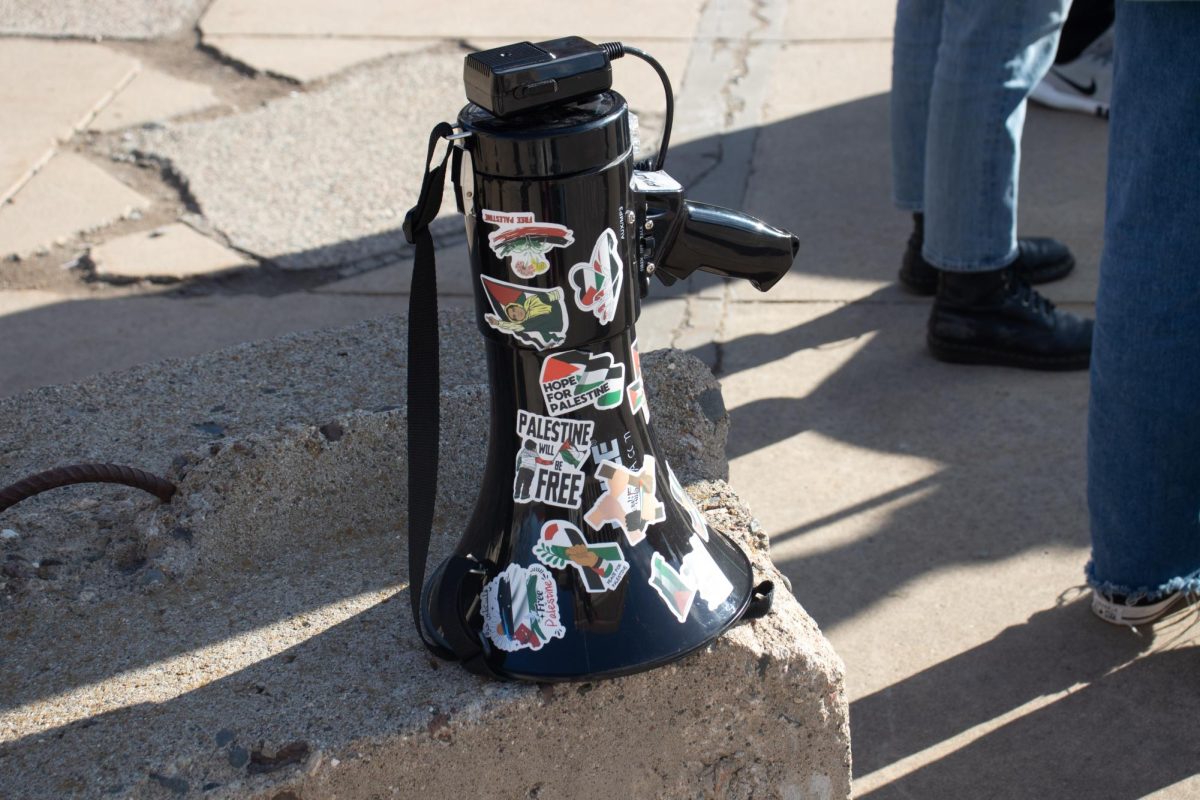The Minnesota Department of Health and Centers for Disease Control and Prevention identified multiple E. coli outbreaks linked with carrots and ground beef.
Over 500 cases of various E. coli have been reported this year in Minnesota, Minnesota Department of Health Epidemiologist in the Foodborne Diseases Unit Carlota Medus said.
While E. coli is found naturally in human and animal intestines, some strains of E. coli can cause sickness. E. coli is often spread through person-to-person transmission or by eating contaminated animal-based food or produce, Medus said.
“You can get it from things produced that were contaminated usually on the field,” Medus said. “Typically it’s contaminated from having animal agriculture around the actual leafy green agriculture. So if you have a farm with cattle sort of upstream or uphill from a farm that grows lettuce, that lettuce can get contaminated.”
Janna Beard, the senior environmental health specialist at the Minneapolis Health Department, said when authorities suspect that a food product might be contaminated with E. coli, the Minnesota Department of Agriculture collects samples.
A few recent foods that were reported for E. coli outbreaks include ground beef and carrots.
E. coli found in restaurant beef
The Minnesota Health Department identified 10 cases of E. coli in people who ate burgers at Hen House Eatery in Minneapolis as well as at multiple Red Cow locations in Hennepin, Ramsey and Olmstead counties.
Red Cow spokesperson Blois Olson said in an email to the Minnesota Daily that interviews are not provided at this time, but sent a press release that said Red Cow is no longer serving the ground beef that was identified as the potential source.
Medus said people can protect themselves from E. coli by being mindful whenever red meat is involved, as avoiding cross-contamination is important.
“If the meat gets contaminated during the slaughter process and then you grind it up, that bacteria could end up in the middle of your hamburger,” Medus said. “So that’s why your hamburger is best if you eat them well done because any of the bacteria that’s around inside won’t be killed if you basically only brown the outside.”
The E. coli may have ended up in the ground beef in a slaughterhouse or processing plant by accidental contamination of the cow’s intestinal tract, Beard said.
The best thing people can do to protect themselves when cooking is to buy a thin-tip digital thermometer to test the temperature of the food as heat can kill E. coli, Beard said.
“Different animal proteins need to be cooked to different temperatures. If it was chicken, for instance, we’d want it to go at least to 165. Ground beef is okay at 160, but they can reach out to their local health department and we can certainly share those temperatures with them,” Beard said.
E. coli also found in carrots
Grimmway Farms said in a news release that carrots grown from Grimmway Farms could be contaminated with E. coli.
“This type of Shiga-toxin producing E. coli is rare, but deadly,” Food Safety Attorney Bill Marler said in a press release. “I urge all stores to pull these carrots from their shelves immediately and warn customers. To customers, if you have carrots in your refrigerator, ‘When in doubt, throw it out.’”
Some carrot brands being recalled are Good and Gather, Full Circle, Trader Joe’s, Simple Truth, Wegman’s and more. This includes both baby and full-sized carrots.
Beard said carrots and other raw food can get E. coli through contaminated water.
“If water that had become contaminated with bacteria was accidentally used to water crops that would be eaten raw, like carrots or sprouts or romaine lettuce, something like that,” Beard said. “So it’s always a matter of contamination happening that we don’t want to happen.”
Marler said it takes three to four days on average for E. coli symptoms to set in, so it is usually not the last thing someone eats.
“48 million people get food-borne illness a year with around 3,000 deaths. I get calls every day from people who feel they got sick from eating food but there is no way to link it to any particular thing,” Marler said.
Beard said food-borne illnesses can impact people’s lives, even if they end up recovering.
“It’s kind of like roulette. You might eat that thing many times,” Beard said. “A good example is raw oysters. Many people love raw oysters. They are at risk of carrying a parasite that we call Vibrio. You might eat raw oysters 10 times and be fine. On the 11th time, you happen to get oysters that were harvested from waters with that parasite and you end up really sick for weeks.”



















